Home>Furniture & Design>Interior Design Trends>How Does Double-Pane Window Glass Regulate Indoor Temperature?
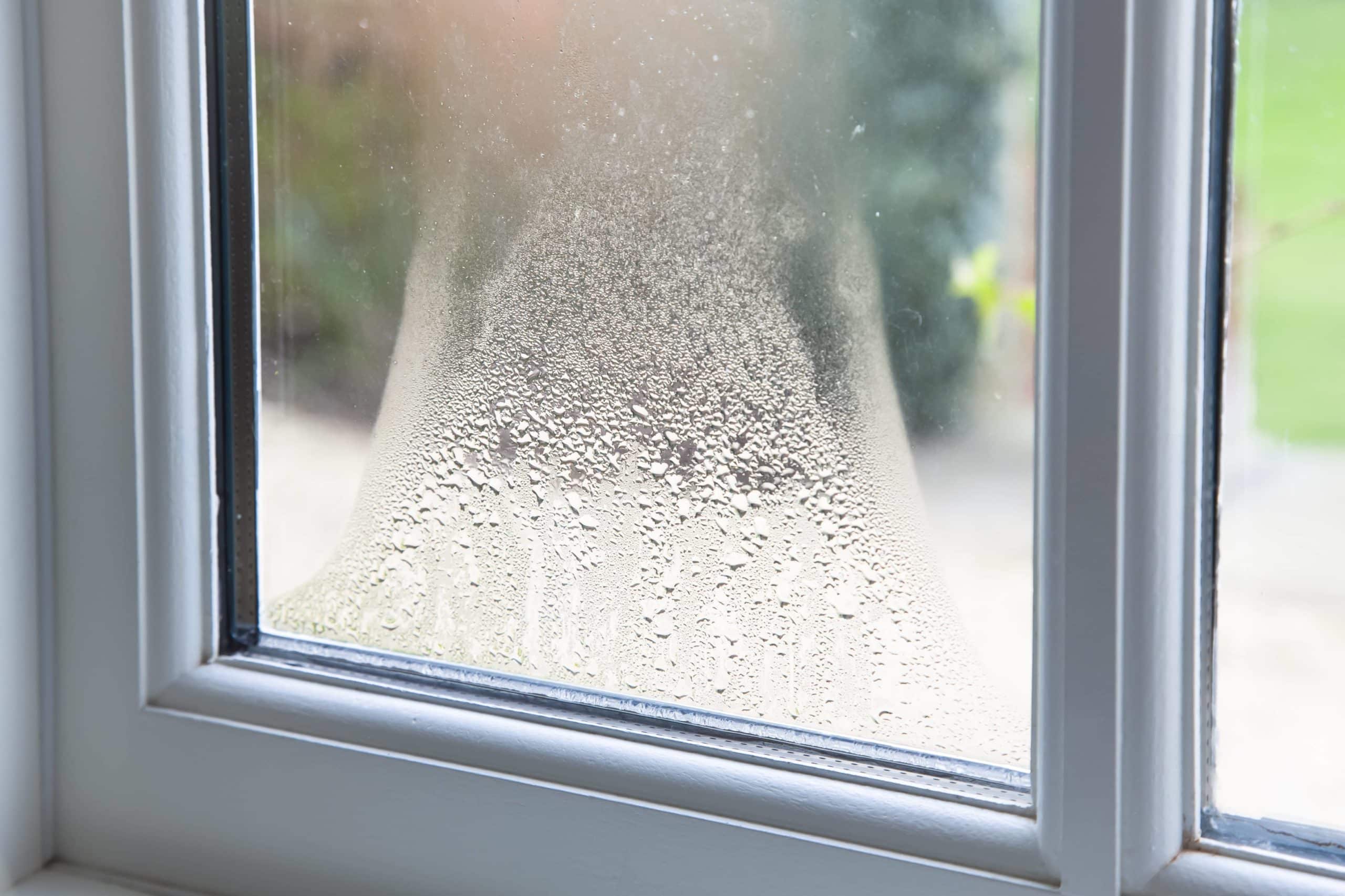

Interior Design Trends
How Does Double-Pane Window Glass Regulate Indoor Temperature?
Published: February 5, 2024
Learn how double-pane window glass can help regulate indoor temperature and stay on top of the latest interior design trends.
(Many of the links in this article redirect to a specific reviewed product. Your purchase of these products through affiliate links helps to generate commission for Storables.com, at no extra cost. Learn more)
Introduction
Double-pane windows have revolutionized the way we regulate indoor temperature, offering a blend of functionality and energy efficiency. These innovative windows are designed to mitigate heat transfer, providing a comfortable indoor environment while reducing energy consumption. Understanding the science behind double-pane windows and their impact on indoor temperature regulation is crucial for homeowners and interior design enthusiasts alike.
By delving into the principles of heat transfer and the unique features of double-pane windows, we can uncover the mechanisms that make these windows so effective in maintaining optimal indoor temperatures. Furthermore, exploring the benefits and factors influencing the performance of double-pane windows will shed light on their significance in contemporary interior design and sustainable living.
In this article, we will embark on a captivating journey through the realm of double-pane windows, unraveling the science behind their thermal regulation capabilities. From the intricate details of heat transfer to the tangible advantages of embracing this technology, we will explore the multifaceted impact of double-pane windows on indoor temperature management. Let's embark on this enlightening exploration to gain a deeper understanding of how double-pane window glass regulates indoor temperature.
Key Takeaways:
- Double-pane windows use advanced design to keep indoor temperatures stable, saving energy and creating a cozy home environment. They’re like a shield against heat and cold, making homes comfy and eco-friendly.
- Factors like gas type, installation quality, and climate affect how well double-pane windows work. Taking care of them can make homes quieter, protect from UV rays, and increase property value.
The Science Behind Double-Pane Windows
Double-pane windows, also known as double-glazed windows, are engineered to provide superior insulation and thermal performance compared to traditional single-pane windows. At the core of their effectiveness lies a sophisticated understanding of heat transfer and the application of innovative design principles.
These windows consist of two panes of glass separated by a spacer, creating a sealed unit that is often filled with insulating gas, such as argon or krypton. The space between the panes acts as a thermal barrier, impeding the transfer of heat between the interior and exterior of a building. This design significantly reduces heat loss during the colder months and minimizes heat gain in warmer weather, contributing to a more stable indoor temperature throughout the year.
The science behind the insulating properties of double-pane windows can be attributed to the concept of thermal conduction. In a single-pane window, heat can easily conduct through the glass, leading to temperature imbalances and energy inefficiency. However, the introduction of a second pane and insulating gas disrupts this process, creating a formidable obstacle for heat transfer.
Furthermore, low-emissivity (low-E) coatings are often applied to the glass surfaces to further enhance the thermal performance of double-pane windows. These coatings are designed to reflect infrared energy, reducing heat transfer while allowing visible light to pass through. By controlling the transmission of heat, low-E coatings play a pivotal role in regulating indoor temperatures and minimizing the reliance on heating and cooling systems.
In essence, the science behind double-pane windows revolves around the manipulation of heat flow through the strategic integration of multiple components. From the composition of the glass panes to the properties of the insulating gas and the application of low-E coatings, every element is meticulously engineered to optimize thermal insulation and create a more thermally efficient living environment.
By comprehending the intricate science behind double-pane windows, homeowners and interior design professionals can make informed decisions when selecting windows for their properties. This knowledge empowers individuals to prioritize energy efficiency and thermal comfort, ultimately contributing to sustainable and comfortable living spaces.
In the next section, we will delve deeper into how double-pane windows actively regulate heat transfer, offering valuable insights into their practical applications and benefits.
How Double-Pane Windows Regulate Heat Transfer
Double-pane windows are engineered to regulate heat transfer through a combination of innovative design elements that effectively minimize thermal conductivity. The fundamental principle underlying their thermal regulation capabilities lies in the strategic disruption of heat flow, achieved through the integration of multiple insulating components.
The airspace between the two glass panes serves as a pivotal barrier against heat transfer. By creating a sealed pocket of air or insulating gas, double-pane windows significantly impede the movement of heat, preventing it from easily passing through the window assembly. This airspace acts as a buffer, reducing the direct conduction of heat and maintaining a more consistent indoor temperature.
Moreover, the insulating gas, such as argon or krypton, injected into the space between the glass panes further enhances the window's ability to regulate heat transfer. These gases are denser than air, minimizing convective heat loss and improving the overall thermal performance of the window. As a result, the insulating gas acts as an additional barrier, effectively reducing heat exchange between the interior and exterior of a building.
In addition to the airspace and insulating gas, the application of low-emissivity (low-E) coatings on the glass surfaces plays a crucial role in managing heat transfer. These specialized coatings are designed to reflect a significant portion of infrared radiation, which is responsible for heat transfer, while allowing visible light to pass through. By controlling the transmission of heat, low-E coatings contribute to maintaining a balanced indoor temperature, especially in regions with varying climate conditions.
Furthermore, the overall construction of double-pane windows, including the quality of the seals and spacers, is meticulously engineered to minimize heat transfer. The tight seals and durable spacers ensure that the insulating gas remains intact and that the airspace between the glass panes functions optimally, further enhancing the window's ability to regulate heat transfer effectively.
By harnessing these advanced design elements, double-pane windows actively mitigate heat transfer, creating a more thermally efficient living environment. This not only leads to improved comfort for occupants but also reduces the reliance on heating and cooling systems, contributing to energy savings and environmental sustainability.
In essence, the comprehensive approach to heat transfer regulation employed by double-pane windows underscores their significance in modern interior design and sustainable living. By understanding the intricate mechanisms through which these windows manage heat transfer, homeowners and design professionals can make informed decisions to enhance the thermal performance of their properties.
Double-pane window glass regulates indoor temperature by trapping a layer of air between the two panes, providing insulation to keep heat in during winter and out during summer.
Benefits of Double-Pane Windows for Indoor Temperature Regulation
The adoption of double-pane windows offers a myriad of benefits for indoor temperature regulation, significantly impacting the comfort, energy efficiency, and overall well-being of occupants. By leveraging advanced thermal insulation and heat transfer management, these windows play a pivotal role in enhancing the indoor environment while contributing to sustainable living practices.
-
Improved Thermal Comfort: Double-pane windows create a more consistent indoor temperature, reducing the likelihood of temperature imbalances and drafts. This results in enhanced thermal comfort for occupants throughout the year, fostering a pleasant living environment regardless of external weather conditions.
-
Energy Efficiency: The superior insulation provided by double-pane windows reduces the need for excessive heating or cooling, leading to lower energy consumption. By minimizing heat loss during colder months and heat gain in warmer weather, these windows contribute to energy savings and reduced utility costs.
-
Noise Reduction: In addition to regulating heat transfer, double-pane windows offer acoustic insulation, effectively reducing external noise infiltration. This feature enhances the tranquility of indoor spaces, creating a peaceful and serene environment for occupants to enjoy.
-
UV Protection: The incorporation of low-E coatings in double-pane windows not only controls heat transfer but also mitigates the transmission of harmful ultraviolet (UV) radiation. This helps protect interior furnishings, flooring, and artwork from UV damage, preserving the aesthetic appeal and longevity of interior spaces.
-
Environmental Sustainability: By minimizing energy consumption and reducing the carbon footprint of buildings, double-pane windows contribute to environmental sustainability. Their ability to enhance thermal performance aligns with sustainable design principles, promoting responsible resource utilization and eco-friendly living practices.
-
Property Value Enhancement: The installation of double-pane windows can increase the overall value of a property. Potential buyers are often attracted to energy-efficient features, and the presence of these windows can positively influence the perceived value and desirability of a home or commercial space.
-
Condensation Control: Double-pane windows are less prone to condensation compared to single-pane windows, as the interior surface temperature remains closer to the room temperature. This helps prevent moisture-related issues and maintains a healthier indoor environment.
In essence, the benefits of double-pane windows for indoor temperature regulation extend far beyond mere thermal comfort. These windows offer a holistic solution that encompasses energy efficiency, acoustic insulation, UV protection, and environmental sustainability, making them an indispensable asset in contemporary interior design and sustainable living practices. By embracing the advantages of double-pane windows, homeowners and design professionals can create spaces that prioritize comfort, efficiency, and environmental responsibility, ultimately enriching the quality of indoor living experiences.
Factors Affecting the Effectiveness of Double-Pane Windows
The effectiveness of double-pane windows in regulating indoor temperature is influenced by various factors that encompass design, installation, and environmental considerations. Understanding these factors is essential for maximizing the performance of double-pane windows and ensuring their long-term efficacy in maintaining thermal comfort and energy efficiency.
-
Quality of Installation: The proper installation of double-pane windows is critical to their effectiveness. A precise and airtight installation ensures that the insulating gas and seals function optimally, minimizing heat transfer and maintaining the integrity of the thermal barrier. Any gaps or deficiencies in the installation process can compromise the window's performance, leading to reduced thermal efficiency.
-
Insulating Gas Type and Fill Level: The type of insulating gas used in the airspace between the glass panes, such as argon or krypton, significantly impacts the window's thermal performance. Additionally, the fill level of the insulating gas must adhere to manufacturer specifications to achieve the desired level of insulation. Proper gas selection and fill levels are crucial for maximizing the window's ability to regulate heat transfer.
-
Quality of Seals and Spacers: The quality and durability of the seals and spacers within double-pane windows play a pivotal role in maintaining the integrity of the insulating gas and preventing moisture infiltration. High-quality seals and spacers contribute to the long-term effectiveness of the windows by ensuring that the insulating gas remains intact and the thermal barrier functions optimally.
-
Window Frame Material: The material used for the window frames, such as vinyl, wood, aluminum, or fiberglass, can impact the overall thermal performance of double-pane windows. Different materials have varying thermal conductivity properties, which can influence the window's ability to minimize heat transfer. Additionally, the design and construction of the frames can affect the overall insulation provided by the windows.
-
Climate Considerations: The effectiveness of double-pane windows is influenced by the climate in which they are installed. Factors such as temperature variations, humidity levels, and exposure to extreme weather conditions can impact the windows' ability to regulate indoor temperature. Understanding the specific climate considerations and selecting windows designed to accommodate regional climate patterns is essential for optimizing their effectiveness.
-
Maintenance and Care: Regular maintenance and care are essential for preserving the effectiveness of double-pane windows. Periodic inspections, cleaning, and addressing any signs of damage or wear ensure that the windows continue to perform optimally. Neglecting maintenance can lead to decreased thermal efficiency and potential issues with condensation or air leakage.
By considering these factors, homeowners and design professionals can make informed decisions when selecting, installing, and maintaining double-pane windows. Addressing these considerations proactively contributes to maximizing the effectiveness of these windows in regulating indoor temperature, ultimately enhancing the comfort, energy efficiency, and longevity of interior spaces.
Read more: How To Replace Double Pane Glass
Conclusion
In conclusion, the integration of double-pane windows represents a transformative advancement in interior design and sustainable living, offering a multifaceted solution for regulating indoor temperature. By leveraging the principles of heat transfer and innovative design elements, these windows actively mitigate heat exchange, resulting in improved thermal comfort, energy efficiency, and environmental sustainability.
The science behind double-pane windows underscores the meticulous engineering and strategic integration of insulating components to disrupt heat flow effectively. From the airspace and insulating gas to the application of low-E coatings, every element is carefully orchestrated to create a formidable barrier against heat transfer. This comprehensive approach to thermal regulation empowers homeowners and design professionals to prioritize energy efficiency and thermal comfort, aligning with the principles of sustainable living.
Furthermore, the benefits of double-pane windows extend beyond mere thermal regulation, encompassing noise reduction, UV protection, and property value enhancement. Their ability to create a more stable indoor environment while reducing energy consumption positions them as indispensable assets in modern interior design. Additionally, factors such as installation quality, insulating gas type, and climate considerations play crucial roles in maximizing the effectiveness of these windows, emphasizing the importance of informed decision-making and proactive maintenance.
As the demand for sustainable and energy-efficient living spaces continues to rise, the significance of double-pane windows in interior design cannot be overstated. Their capacity to enhance thermal performance, minimize environmental impact, and elevate the quality of indoor living experiences makes them a cornerstone of contemporary design practices. By embracing the advantages of double-pane windows, homeowners and design professionals can create spaces that prioritize comfort, efficiency, and environmental responsibility, ultimately enriching the quality of indoor living experiences.
In essence, the integration of double-pane windows transcends conventional window solutions, embodying a harmonious blend of functionality, sustainability, and aesthetic appeal. By embracing these windows, individuals can embark on a journey towards creating interior spaces that not only exude comfort and elegance but also contribute to a greener and more sustainable future.
Frequently Asked Questions about How Does Double-Pane Window Glass Regulate Indoor Temperature?
Was this page helpful?
At Storables.com, we guarantee accurate and reliable information. Our content, validated by Expert Board Contributors, is crafted following stringent Editorial Policies. We're committed to providing you with well-researched, expert-backed insights for all your informational needs.
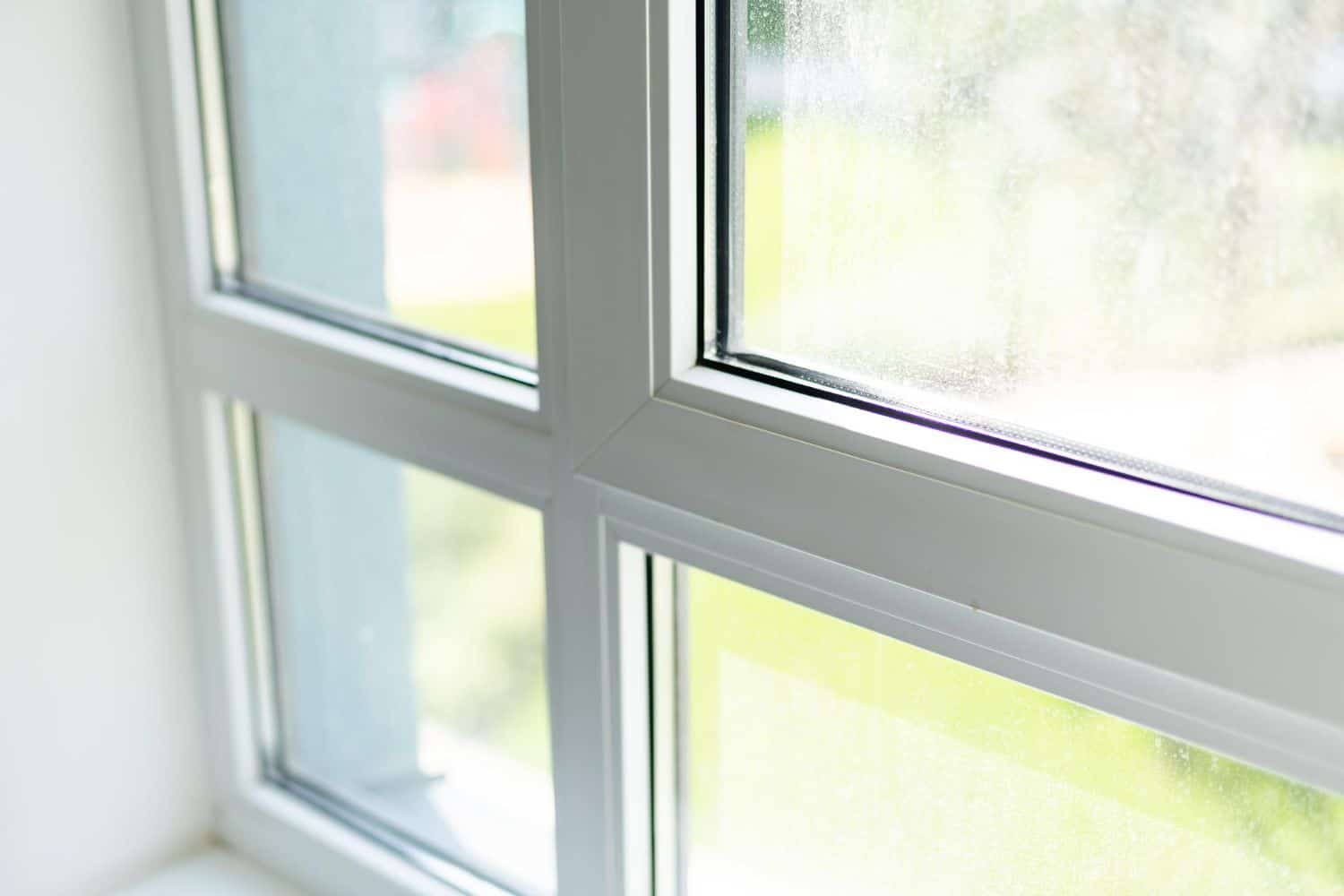

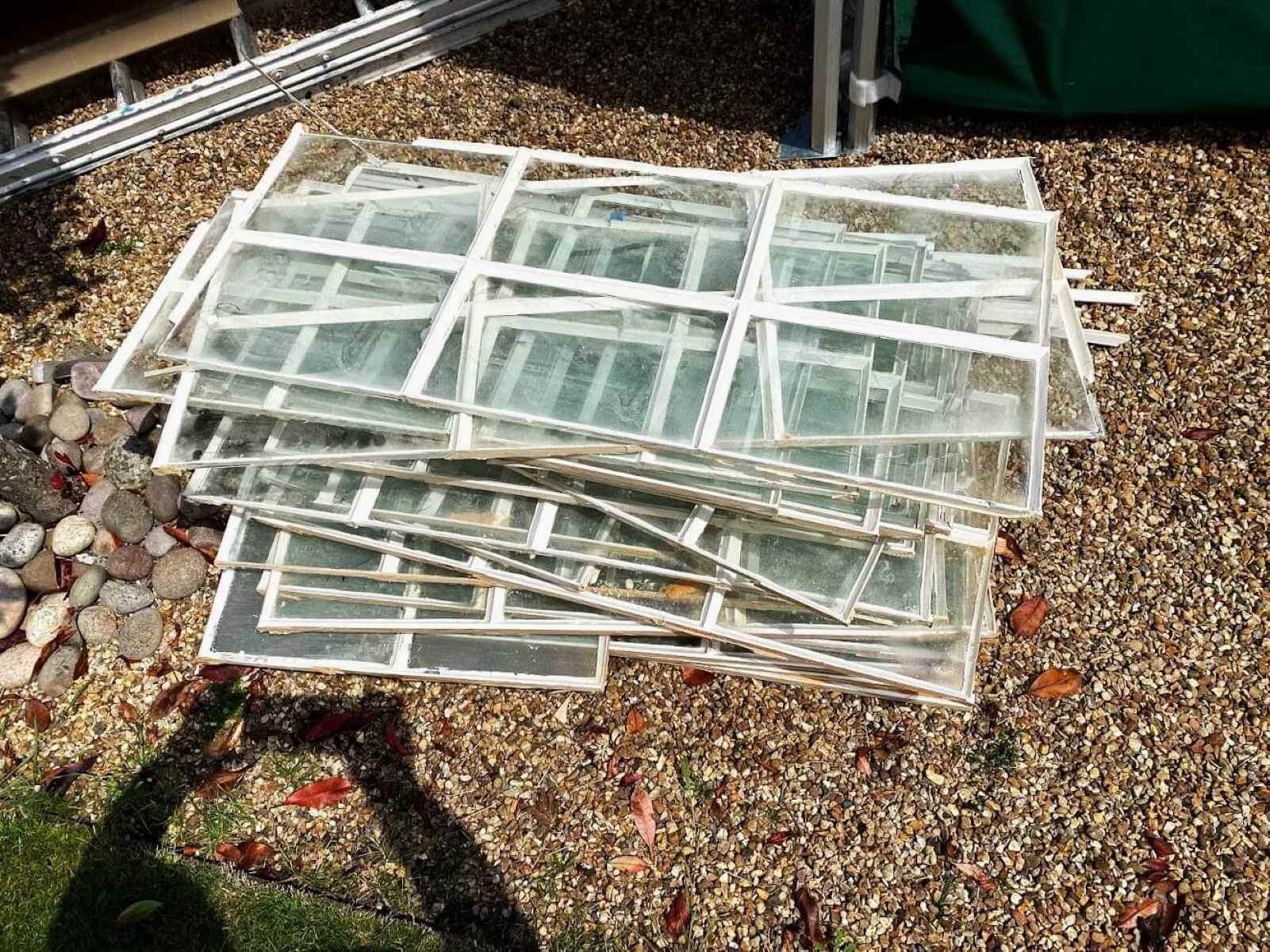
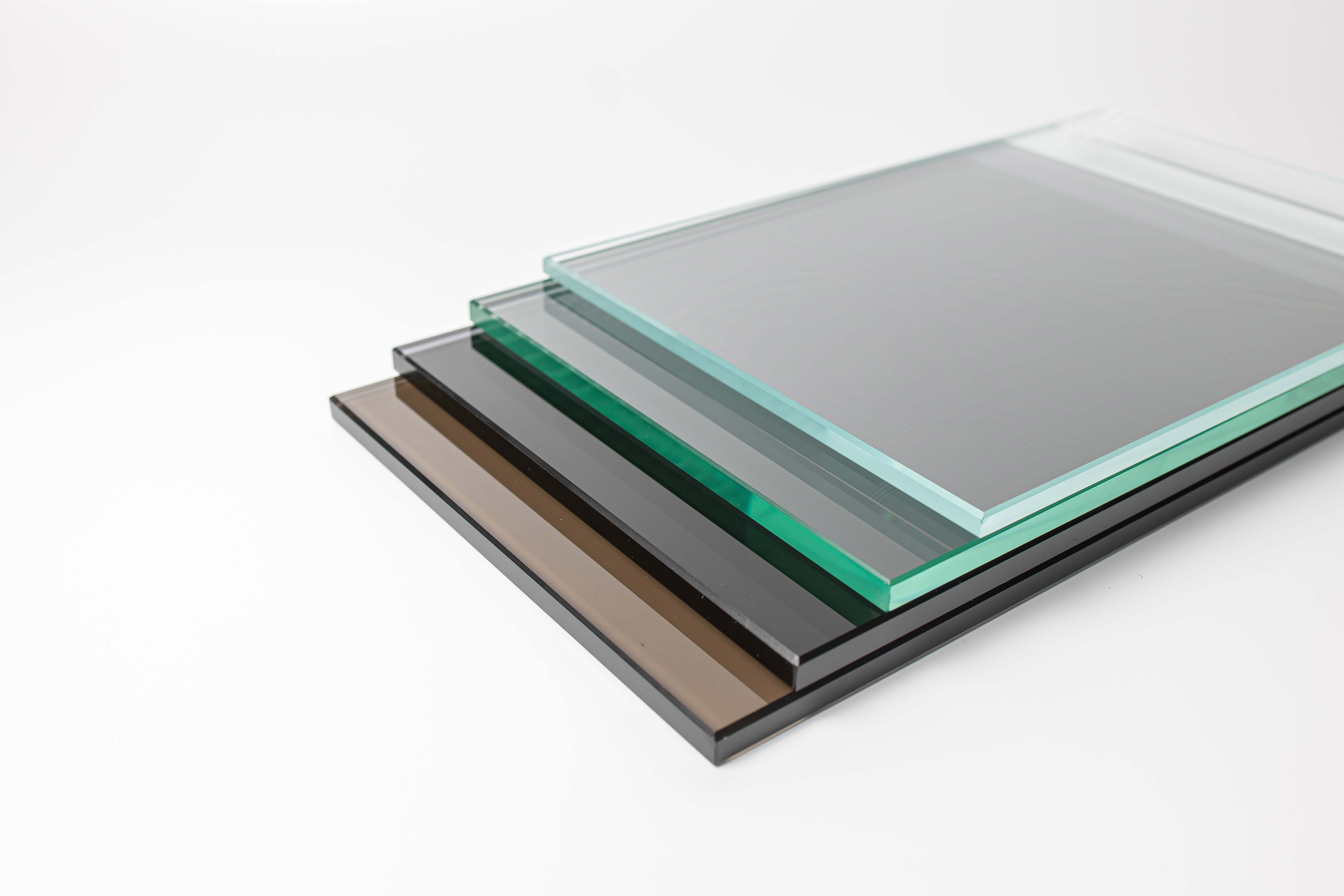








0 thoughts on “How Does Double-Pane Window Glass Regulate Indoor Temperature?”